 Hind Rectifiers acquires French Robotics Firm BeLink Solutions to strengthen Global Footprint
Hind Rectifiers acquires French Robotics Firm BeLink Solutions to strengthen Global Footprint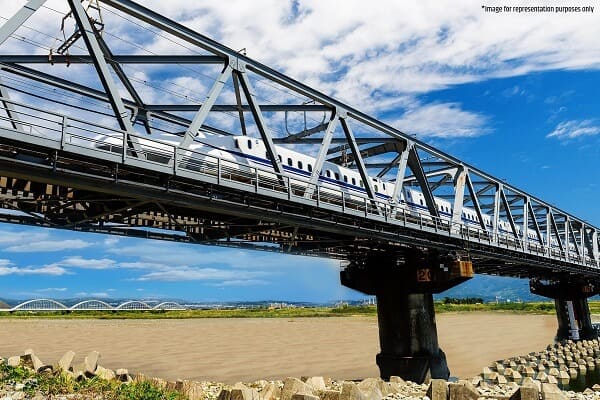 10th Steel Bridge launched on Mumbai–Ahmedabad Bullet Train Corridor in Ahmedabad
10th Steel Bridge launched on Mumbai–Ahmedabad Bullet Train Corridor in Ahmedabad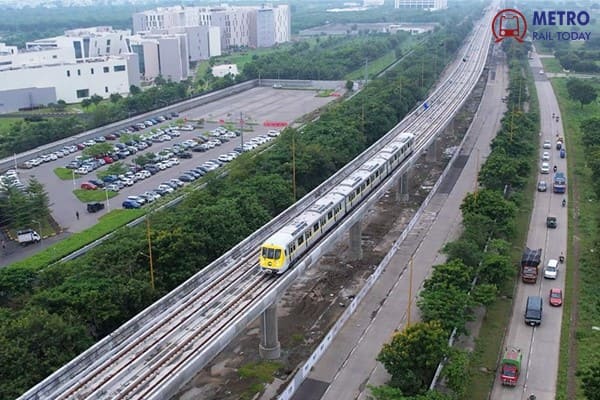 Indore Metro conducts successful trial run on Yellow Line's Priority Corridor
Indore Metro conducts successful trial run on Yellow Line's Priority Corridor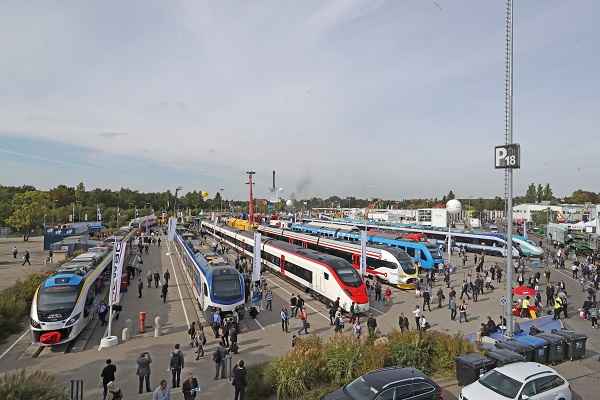 Germany launches National Initiative to Standardize Rolling Stock Fleet by 2030
Germany launches National Initiative to Standardize Rolling Stock Fleet by 2030 India’s First Bullet Train to begin Operations by August 2027: Railway Minister Ashwini Vaishnaw
India’s First Bullet Train to begin Operations by August 2027: Railway Minister Ashwini Vaishnaw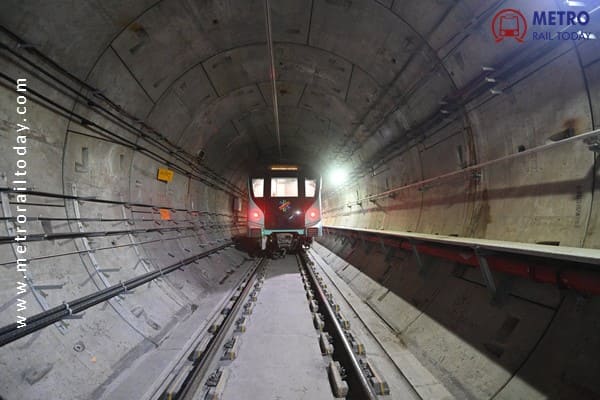 Leadership and Expertise behind the success of Mumbai Metro Line 3 (Aqua Line)
Leadership and Expertise behind the success of Mumbai Metro Line 3 (Aqua Line)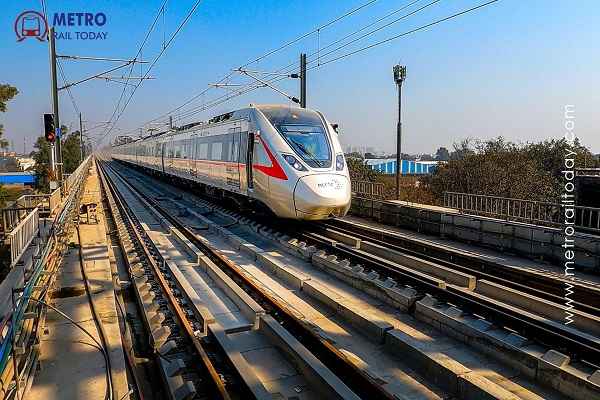 NCRTC to appoint General Consultant for Delhi–Gurugram–SNB Namo Bharat Corridor
NCRTC to appoint General Consultant for Delhi–Gurugram–SNB Namo Bharat Corridor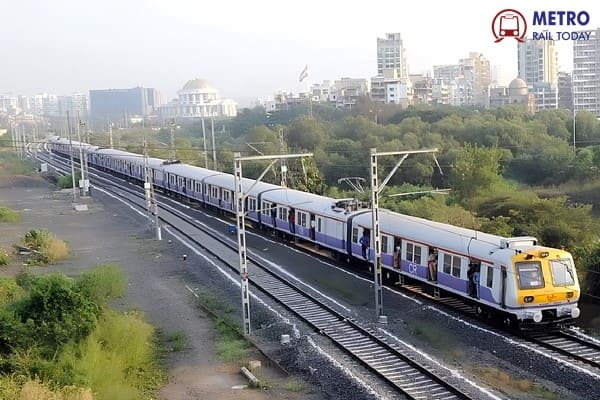 K-RIDE to float fresh civil tender after terminating L&T from Bengaluru Suburban Rail Project
K-RIDE to float fresh civil tender after terminating L&T from Bengaluru Suburban Rail Project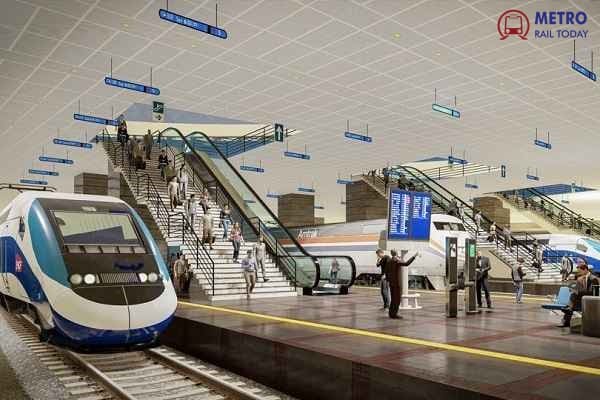 Airtel Business bags multi-year contract for Indian Railway Security Operations Centre
Airtel Business bags multi-year contract for Indian Railway Security Operations Centre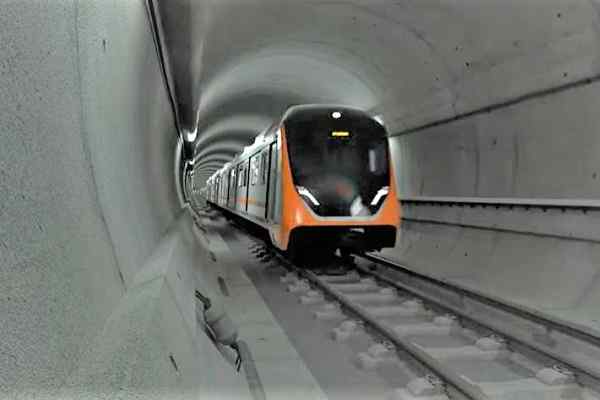 TBM Vidyarthi achieves Final Tunnel Breakthrough for Kanpur Metro Corridor 1
TBM Vidyarthi achieves Final Tunnel Breakthrough for Kanpur Metro Corridor 1
KEC International started Electrification Work for Patna Metro Phase 1
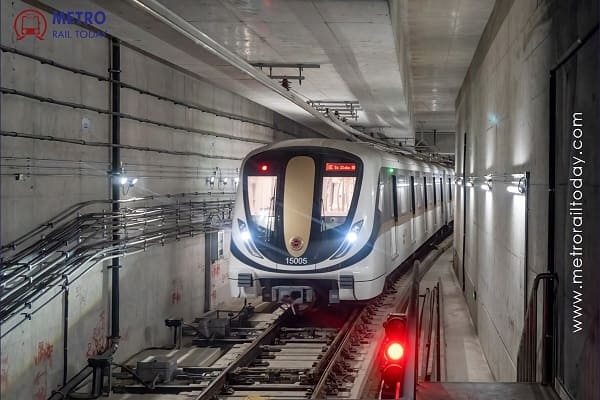
Patna, India (Metro Rail Today): KEC International Limited has started installing electrification masts for the 25 kV overhead equipment (OHE) traction system in the Patna Metro Phase 1 project. This significant development falls under Contract Package PE-03 and marks a crucial step forward in the city's metro project.
Patna is making significant strides towards modern urban transportation with the commencement of electrification work for its metro system. KEC International, a major player in infrastructure, has started installing the essential electrification masts for the 25 kV overhead equipment (OHE) traction system. This crucial step marks a new phase in the development of Patna Metro’s Phase 1 project, bringing the dream of a modern metro system closer to reality for the residents of Patna.
Patna Metro, a long-awaited project, aims to revolutionize the city's public transport system. With a total length of 14.05 km, Corridor 2 of the metro will connect various crucial points across the city, facilitating smoother, faster, and more reliable commutes. The project has been under construction since January 2021, spearheaded by NCC, and has now reached a significant milestone with the electrification work.
Why is the electrification work so important? Think of it as the heartbeat of the metro system. Without a reliable electrification system, the metro trains cannot run efficiently. The 25 kV OHE traction system is pivotal for providing the necessary power to the metro trains, ensuring they operate smoothly and without interruptions. This system's installation is a key step towards making the Patna Metro operational.
KEC International has started the electrification process at pier number 104, located between Bhoothnath and Zero Mile stations on the priority corridor. This 6.1 km elevated section connects Malahi Pakri and New ISBT, forming a vital part of Corridor 2. The electrification involves setting up overhead masts and cables that will supply power to the trains running on this route.
KEC International awarded the ₹131.89 crore electrification contract in April 2022 and is responsible for the entire electrification process under Package PE-03. Their scope of work includes not only the OHE system but also a 33 KV ring main unit, auxiliary substation (ASS), and SCADA (Supervisory Control and Data Acquisition) for both elevated and underground sections, including the New ISBT Depot.
As of now, the construction is progressing steadily. The installation of electrification masts has begun, signaling that significant groundwork has already been completed. The overall project, including the New ISBT Depot construction by Quality Buildcon, is moving forward as planned, with various components coming together to form a cohesive metro system.
While the electrification work is a major milestone, there is still a long way to go. The tender notice for the rolling stock contract, which includes the metro trains themselves, is still pending. This means that trial runs are at least 20 months away. However, once the electrification and other infrastructural work are completed, the city can look forward to seeing the first trains being tested and eventually entering into service.
The development of the Patna Metro is set to bring significant benefits to the local community. It will drastically reduce travel time, alleviate traffic congestion, and provide a reliable mode of transportation for daily commuters. This improvement in public transport is expected to enhance the overall quality of life for residents and promote economic growth in the region.
Like any major infrastructure project, the Patna Metro has faced its share of challenges. From land acquisition issues to the complexities of urban construction, the project has had to navigate numerous obstacles. However, with continuous efforts from the authorities and contractors, these challenges are being addressed to keep the project on track.
The 25 kV OHE system is a sophisticated technological solution that ensures efficient power supply to the metro trains. This system involves a series of overhead cables supported by masts, delivering high-voltage power necessary for the operation of modern metro trains. Additionally, the SCADA system plays a crucial role in monitoring and controlling the electrical network, ensuring safety and reliability.
The introduction of the metro system is expected to bring substantial economic benefits to Patna. Improved transportation infrastructure often leads to increased business opportunities, higher property values, and overall economic development. The metro will also create job opportunities during its construction and operational phases, further boosting the local economy.
One of the significant advantages of metro systems is their positive impact on the environment. By providing a reliable alternative to personal vehicles, the Patna Metro is expected to reduce carbon emissions and improve air quality in the city. Additionally, the use of electric trains contributes to lower noise pollution compared to traditional road traffic.
Comparing Patna Metro with other metro projects in India, such as those in Delhi and Mumbai, provides a perspective on its significance. While it may not be as extensive as the Delhi Metro, the Patna Metro is crucial for the city’s infrastructure development. Learning from the experiences of other metro systems helps in implementing best practices and avoiding common pitfalls.
The commencement of electrification work for Patna Metro Phase 1 is a landmark achievement that brings the city one step closer to having a modern and efficient public transportation system. KEC International's role in this project is pivotal, ensuring that the necessary electrical infrastructure is in place. As the project progresses, the anticipation for the first metro rides grows, promising a new era of urban mobility for Patna.




